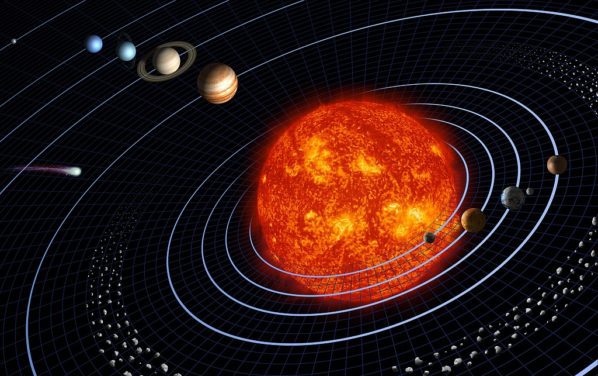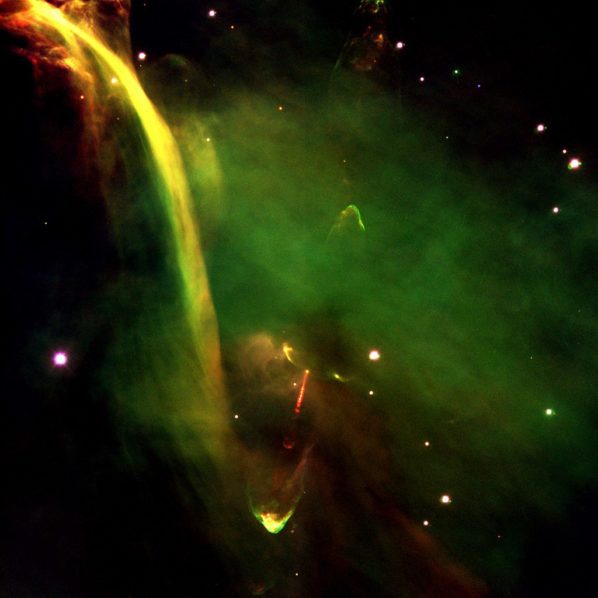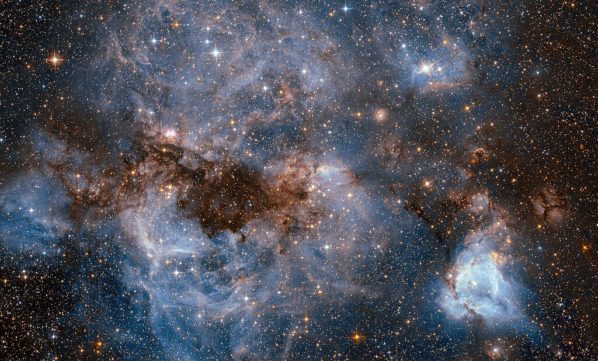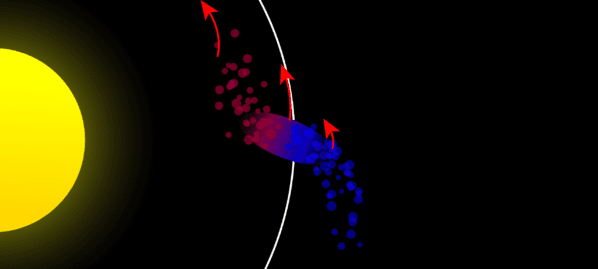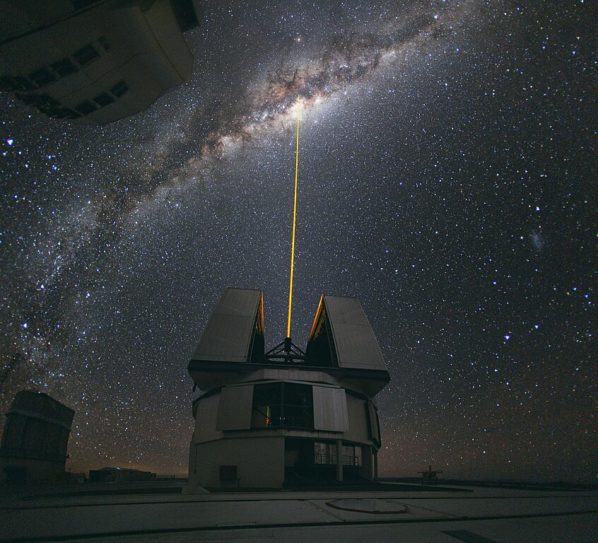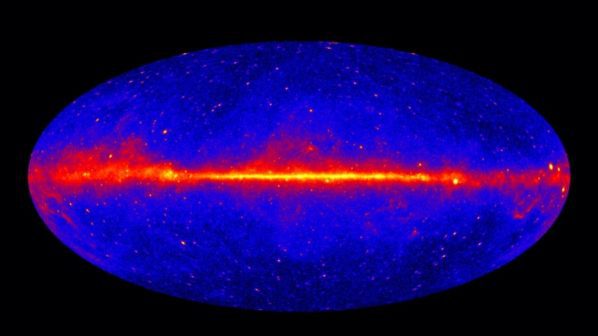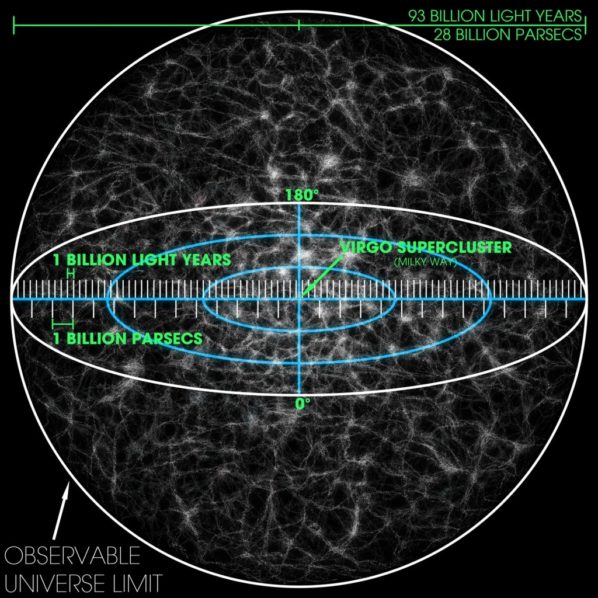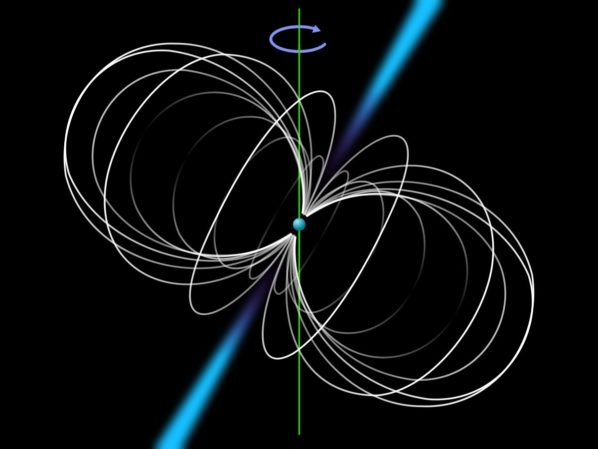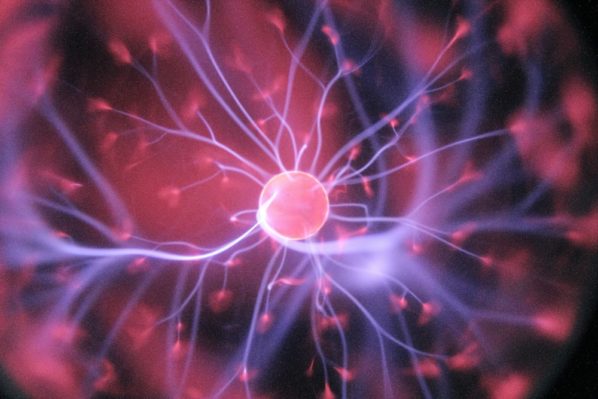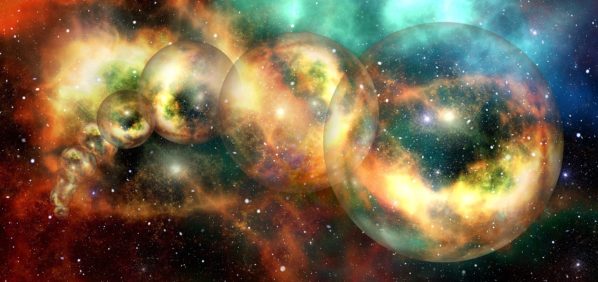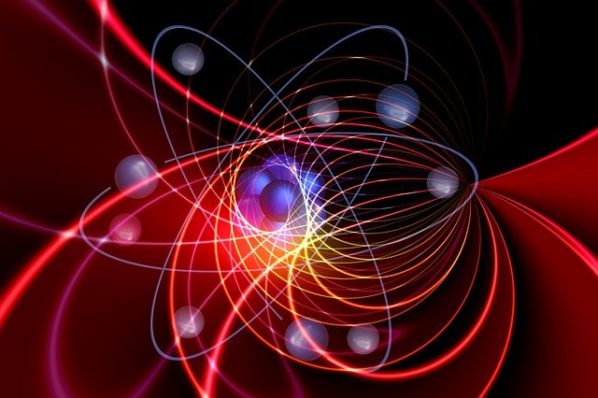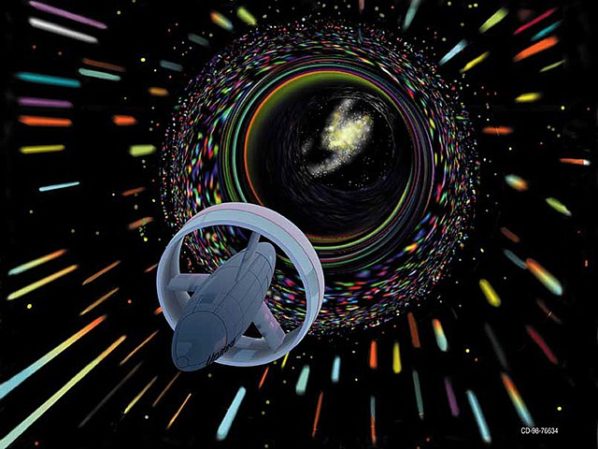Hill Sphere: Discover the Gravitational Realm of a Celestial Body
Uncover the gravitational dynamics of celestial bodies within and beyond Hill spheres, revealing insights into practical applications and cosmic phenomena.
What Are Herbig-Haro Objects
Unlock the secrets of Herbig-Haro objects – cosmic signposts revealing the dynamic birth of stars. Explore their unique properties and significance in shaping our understanding of mass loss, shockwave physics, and the early stages of star formation.
What Is an H II Region?
Dive into H II regions—luminous celestial nurseries revealing stellar birth and cosmic evolution. Explore their secrets observed across wavelengths, illuminating the interstellar dance of ionized hydrogen.
The Roche Limit – What Happens When a Moon Gets Too Close?
The Roche limit is a celestial boundary where moons face destruction due to tidal forces, forming rings or colliding with planets. It reshapes our cosmic knowledge—a fascinating frontier to explore!
Why Astronomy and Astrophysics Aren’t the Same Thing – And Why It Matters
Astronomy vs Astrophysics: While astronomy observes celestial bodies, astrophysics delves into their underlying physics. Explore the critical differences shaping our scientific understanding and the fascinating nuances that define these complementary fields.
What Is the Extragalactic Background Light and Why Does It Matter?
The extragalactic background light (EBL) is pivotal for comprehending the universe. It offers insights into cosmic evolution, matter distribution, and early universe conditions, impacting astronomical observations and advancing our knowledge of space.
What Is the Hubble Volume?
Explore the enigmatic Hubble Volume and its role in defining cosmic boundaries. Discover its expanding realm within our observable universe.
A Pulsar With Planets
Pulsars emit deadly radiation, disintegrating DNA and making them dangerous. Surprisingly, some have planets orbiting them, defying current theories.
String Theory in Simple Words
The biggest dilemma of Einstein’s life represents the search of a unified theory. Scientists all over the world are currently engrossed in the quest of a unified theory where we unify all the laws of physics, be it Quantum mechanics or the Classical physics: all the laws collated in one single framework which could predict anything and everything. Currently, we have multiple theories and suggestions for the unified theory but the very promising and compelling one is “the string theory.”
Parallel Universe: We Might Be Living in an Alternate Reality!
With past years our understanding of science and the universe has expanded exponentially giving us a complete new outlook towards it and opening up a very controversial idea, yet an intriguing one: do parallel universes exist?
Quantum Molecules Are a Possibility, Shows a New Study by Physicists at the University of Chicago
Physicists have always wanted to influence and control quantum molecules for success in doing so would result in technology feats like earthquake sensors which can change our lifestyle for the better. It had been a long-sought dream of atomic physicists to bring multiple molecules together in a single quantum state and researchers at the University of Chicago succeeded in doing so. Scientists at the University of Chicago just published a paper on April 28th in Nature, which states a methodology used to bring multiple molecules together in a single quantum state. This success opens doors to many more discoveries and progression in the field of quantum physics. “People have been…
Faster Than Light Travel Is Indeed Possible!
Recently, a research paper was published by Erik Lentz, PhD in Physics at the University of Washington, on achieving superluminal speeds without violating physical laws or needing negative energy. This astounding paper was published in the extremely prestigious journal, Quantum Gravity.

